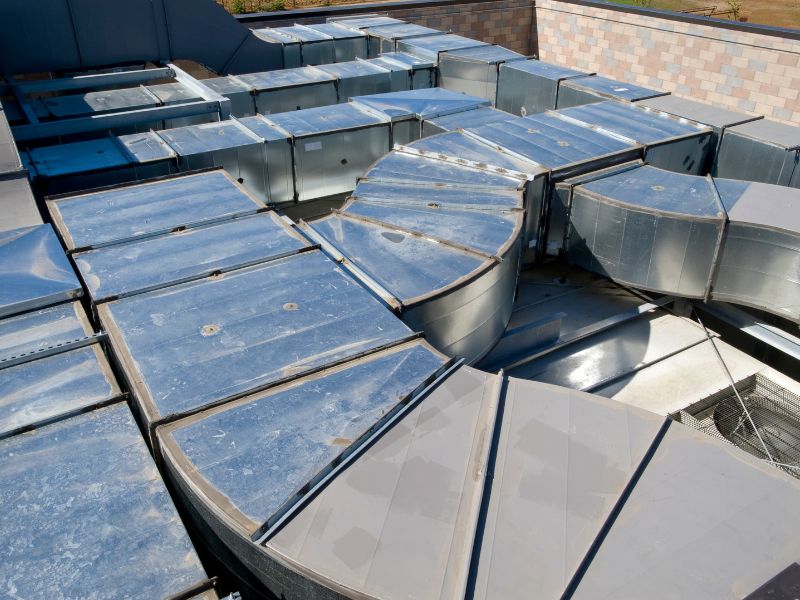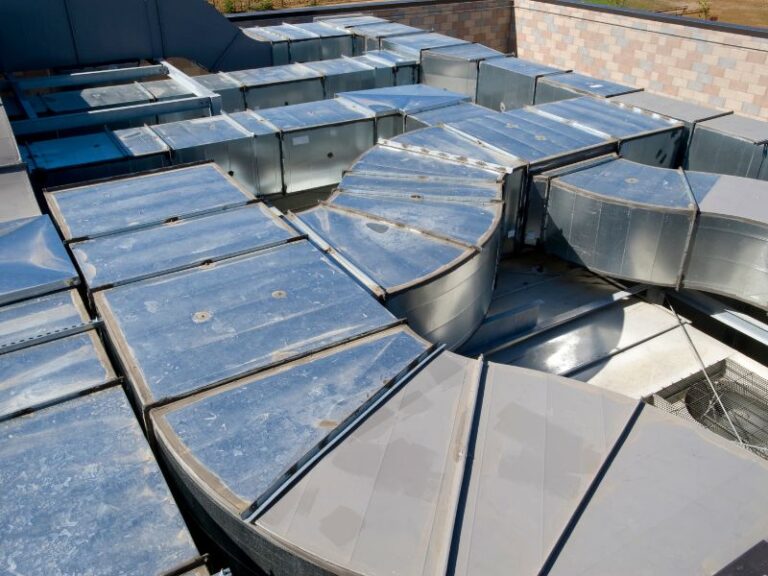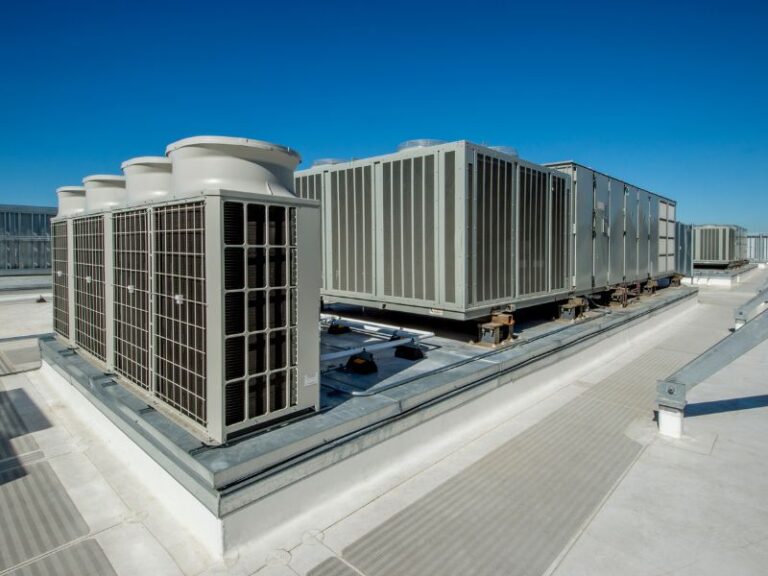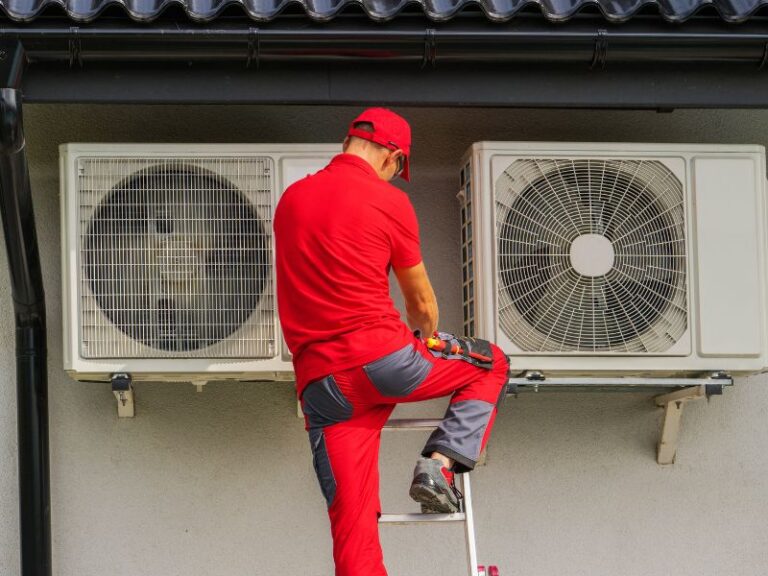Whether you’re an HVAC professional, a building owner, or someone interested in understanding how HVAC systems operate, it’s crucial to be able to read and interpret HVAC system specifications. These specifications provide key details about the system’s components, capabilities, and efficiency, which directly affect how well the system will perform in your building.
In this comprehensive guide, we’ll explain how to read and interpret HVAC specifications, breaking down the essential components and terms that will help you make informed decisions when selecting, installing, or maintaining an HVAC system.
What Are HVAC System Specifications?
HVAC system specifications are detailed documents or labels that outline the technical aspects of the system, such as the size, capacity, energy efficiency, and performance characteristics. These specifications describe the system’s components (such as compressors, coils, and air handlers) and provide vital information on how the system operates under different conditions.
They can include various parameters that influence the performance, energy consumption, and cost-effectiveness of the system. Understanding these specifications is key to ensuring that the HVAC system is correctly sized, efficient, and capable of meeting the building’s heating, cooling, and ventilation needs.
Key Components in HVAC System Specifications
When reviewing HVAC system specifications, there are several key components and metrics you’ll need to understand to interpret the system’s performance accurately. Let’s break down some of the most common aspects:
1. Cooling Capacity (BTUs)
The cooling capacity is typically expressed in BTUs (British Thermal Units) per hour. It represents the amount of heat the system can remove from the building per hour. Cooling capacity is a critical metric when sizing HVAC systems for homes or commercial buildings, as it directly impacts the system’s ability to maintain comfort.
- Why It Matters: A system with a cooling capacity that’s too low will struggle to cool the building, while an oversized system will consume excess energy and cause temperature fluctuations.
2. Heating Capacity (BTUs)
Similar to cooling capacity, heating capacity is measured in BTUs per hour and represents the system’s ability to heat a building. This is essential for systems that provide both heating and cooling (e.g., heat pumps or hybrid systems).
- Why It Matters: Ensuring that the heating capacity matches the building’s needs prevents the system from underperforming, especially during colder months.
3. SEER (Seasonal Energy Efficiency Ratio)
SEER is a key measure of an air conditioning system’s energy efficiency. It’s calculated by dividing the cooling output (in BTUs) by the energy consumed (in watt-hours) over a typical cooling season. A higher SEER indicates better energy efficiency.
- Why It Matters: Choosing a system with a higher SEER can significantly reduce energy consumption and utility bills, making it an important factor in selecting a new system.
4. AFUE (Annual Fuel Utilization Efficiency)
AFUE is used for heating systems and measures how efficiently the system converts fuel into usable heat. It is expressed as a percentage, with higher percentages indicating better efficiency.
- Why It Matters: Systems with higher AFUE ratings are more energy-efficient, which translates to lower heating costs and less environmental impact.
5. CFM (Cubic Feet per Minute)
CFM measures the volume of air moved by the HVAC system per minute. This is important for assessing airflow and ensuring that the system can circulate air throughout the building effectively.
- Why It Matters: Insufficient airflow can lead to uneven temperatures and discomfort. The correct CFM ensures that the HVAC system delivers consistent air distribution to all areas of the building.
6. EER (Energy Efficiency Ratio)
EER is similar to SEER but measures the system’s efficiency at a specific outdoor temperature (usually 95°F). It’s calculated by dividing the cooling capacity (in BTUs) by the power consumed (in watts) at that particular temperature.
- Why It Matters: Higher EER ratings indicate better energy efficiency. It helps compare systems based on their cooling efficiency at peak outdoor temperatures.
7. Refrigerant Type
The refrigerant used in the HVAC system determines how it absorbs and expels heat. Modern systems use refrigerants like R-410A, which are more environmentally friendly than older types like R-22.
- Why It Matters: The type of refrigerant impacts the system’s efficiency and environmental impact. R-410A is a more energy-efficient and ozone-friendly refrigerant than R-22.
8. Noise Levels (dB)
The noise level is usually measured in decibels (dB) and indicates how much sound the system generates while operating. Quieter units are ideal for residential spaces or areas where noise could be disruptive.
- Why It Matters: Noise levels can impact comfort, especially in living spaces or offices. Choosing a quieter unit improves the overall experience.
9. Dimensions and Weight
The physical dimensions and weight of the HVAC unit determine where it can be installed (e.g., in a small closet, on the roof, or in a utility room).
- Why It Matters: Before purchasing a system, ensure that the unit will fit into the designated space. This is especially important for systems that require specific installation locations (e.g., roof-mounted units for commercial buildings).
How to Interpret HVAC Specifications: Step-by-Step
Now that we’ve covered the essential components, here’s a simple step-by-step guide to interpreting HVAC system specifications:
Step 1: Determine the Heating and Cooling Capacity
Look at the cooling and heating capacity in BTUs. Ensure the system can handle the size of your building, based on the square footage and local climate conditions. Keep in mind that an HVAC system that’s too small will struggle to heat or cool the building, while an oversized system will be inefficient and consume more energy.
Step 2: Check the Efficiency Ratings (SEER, AFUE, EER)
Look for the SEER and AFUE ratings, which indicate how efficient the system is at converting energy into heating or cooling. Higher values are always better for energy savings and cost efficiency. Choose a system with a high SEER if energy savings is a priority.
Step 3: Examine the Airflow (CFM)
Check the CFM rating to ensure the system can circulate enough air throughout the building. The higher the CFM, the better the airflow. A higher CFM value is especially important for larger spaces or homes with multiple zones.
Step 4: Consider the Refrigerant
Check the refrigerant type (e.g., R-410A). Modern refrigerants are more energy-efficient and environmentally friendly. Avoid systems that still use R-22 if you are concerned about environmental impact.
Step 5: Evaluate Noise Levels
For residential areas, consider the noise level (dB). Quiet systems are ideal for bedrooms or living rooms where noise can affect comfort.
Step 6: Review Installation and Maintenance Requirements
Finally, check the system’s dimensions and installation requirements. Make sure the unit can be installed in the available space and that there’s sufficient room for maintenance and servicing.
How CoolCalc Helps with HVAC System Selection and Sizing
CoolCalc is an excellent tool for HVAC professionals to calculate cooling load and heating load for any building. By using detailed inputs, including the size, insulation, and local climate data, CoolCalc can help ensure that you select the correct HVAC system size and configuration based on your specific needs.
- Accurate Sizing: CoolCalc ensures that the HVAC system is properly sized, taking into account all factors to deliver optimal performance.
- Energy Efficiency: The tool helps HVAC professionals select energy-efficient systems by calculating the cooling load and heating load more precisely.
- Cost Savings: Proper sizing results in reduced energy waste, which leads to lower utility bills and longer system life.
Conclusion
Reading and interpreting HVAC system specifications is essential for selecting the right system that meets your heating, cooling, and air quality needs. By understanding key metrics like cooling capacity, SEER, AFUE, and CFM, you can make informed decisions that will lead to better energy efficiency, comfort, and cost savings. Tools like CoolCalc provide valuable assistance in selecting the right system by ensuring proper sizing and energy efficiency.
Properly interpreting specifications and selecting the right system based on your needs is crucial to maximizing your HVAC system’s performance and efficiency. Whether you’re an HVAC professional or a building owner, understanding these specifications ensures that your HVAC system provides the optimal balance of performance, cost savings, and environmental impact.




